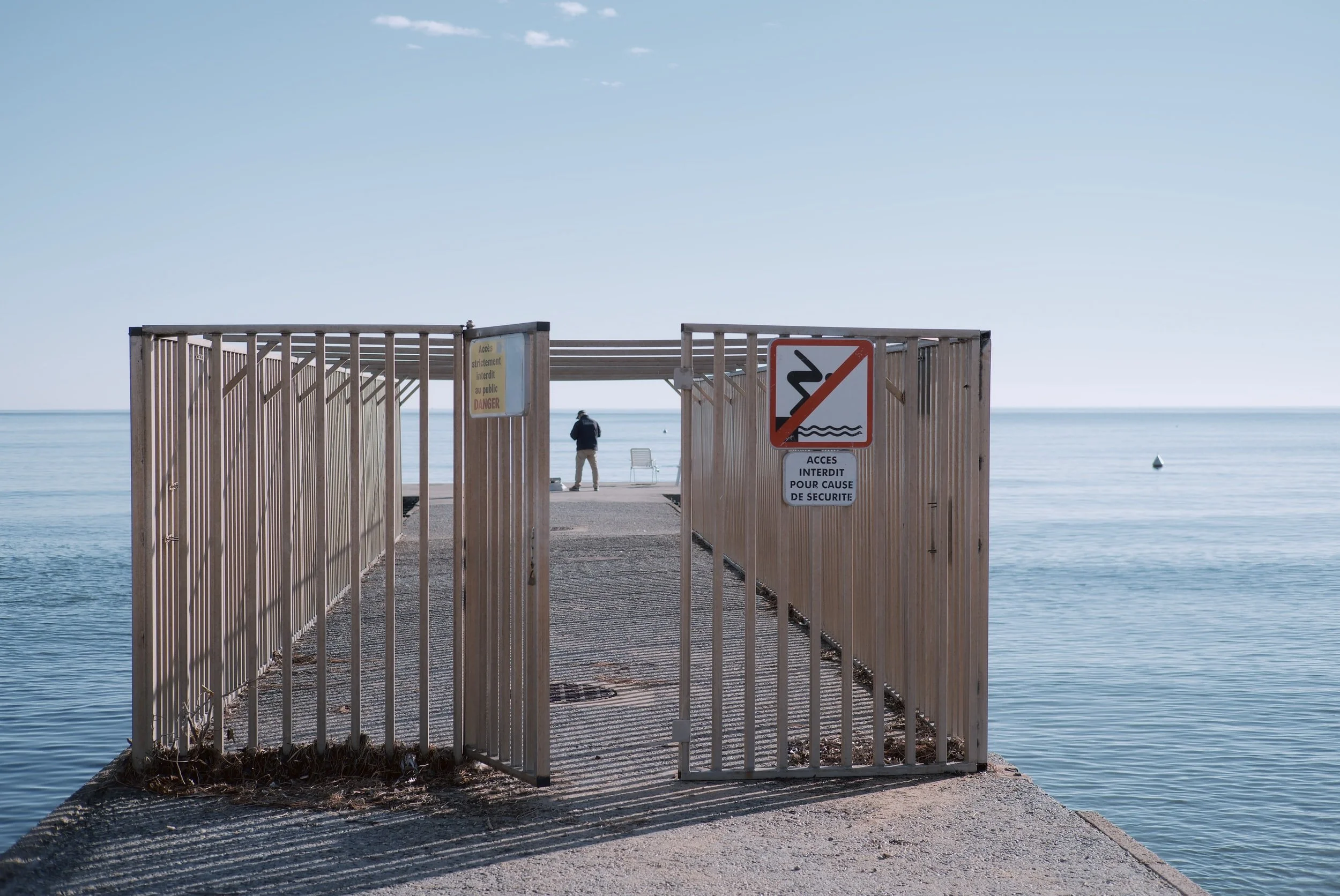According to the Internal Displacement Monitoring Centre, disaster displacement knows no economic boundaries. Bosnia and Herzegovina, Spain, France and Germany have had the highest number of climate displacements on the continent and Moldova is the most climate-vulnerable country in Europe.
Climate displacements have doubled in the last four years from 43 in 2016 to 100 in 2019, and already, Europe has recorded four storms this year by only February 2020.
Over the past decade there have been 700,000 classified disasters. One expert contends that one disaster displacement may not equate to population displacement, but repeat disasters can push people to relocate permanently.
Most displaced don’t seem to realize they are, in fact, climate migrants, and the lack of clear terminology or official designations, adds to the confusion. This is also in keeping with UN findings, where migrants tend to underestimate the extent of climate change in their lives, rather, linking their plights to poverty and overlooking the root causes behind disasters.
One town in France, La Faute-sur-Mer, sued the town’s mayor following 2010’s Storm Xynthia, but the lawyer and former environment minister says the continued challenge is proving climate change as the sole causality and points to the case as a strong example of the need for stronger legislation to protect citizens from climate-related disasters.
In Europe, climate migration can feel voluntary, but is it? The IOM states environmental migration is sometimes forced, sometimes voluntary, but most likely, somewhere in between.
“When you are forced to do something because it's the right thing to do, it’s not the same as making a decision because you want to.”
Anne Birault
Displaced resident (La Faute-sur-Mer, France)
In this regard, Europe lags behind Africa, where the African Union has adopted the Convention for the Protection and Assistance of Internally Displaced Persons or what is commonly known as the ‘Kampala Convention,’ which acknowledges climate change as man-made with the potential to generate disaster displacements.
Europe, on the other hand, still tracks the links between migration, climate change and environmental degradation only in terms of receiving migrants, and not the displacements it generates internally.
This clearly is more than a problem of under-reporting. It also leads to a lack of data, lack of understanding and a lack of analysis of the needs, gaps and response plans vital to safeguard rights and security, and that, ultimately, leaves us all unprotected. (EuroNews)






